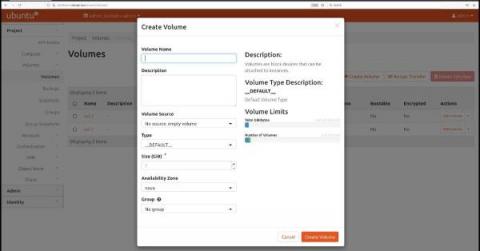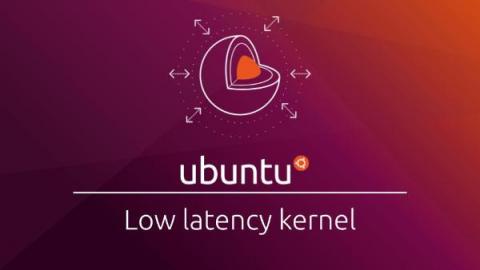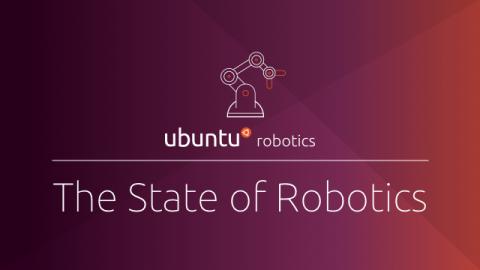Building and running FIPS containers on Ubuntu 18.04
Whether running on the public cloud or a private cloud, the use of containers is ingrained in today’s devops oriented workflows. Having workloads set up to run under the mandated compliance requirements is thus necessary to fully exploit the potential of containers. This article focuses on how to build and run containers that comply with the US and Canada government FIPS140-2 data protection standard.









